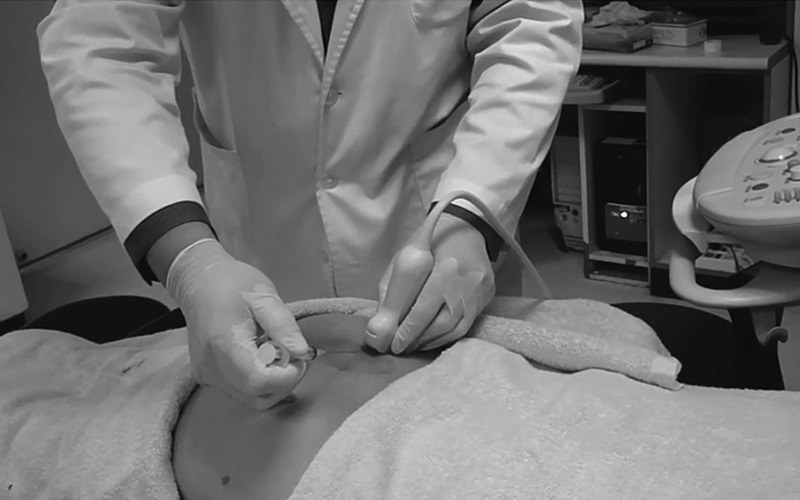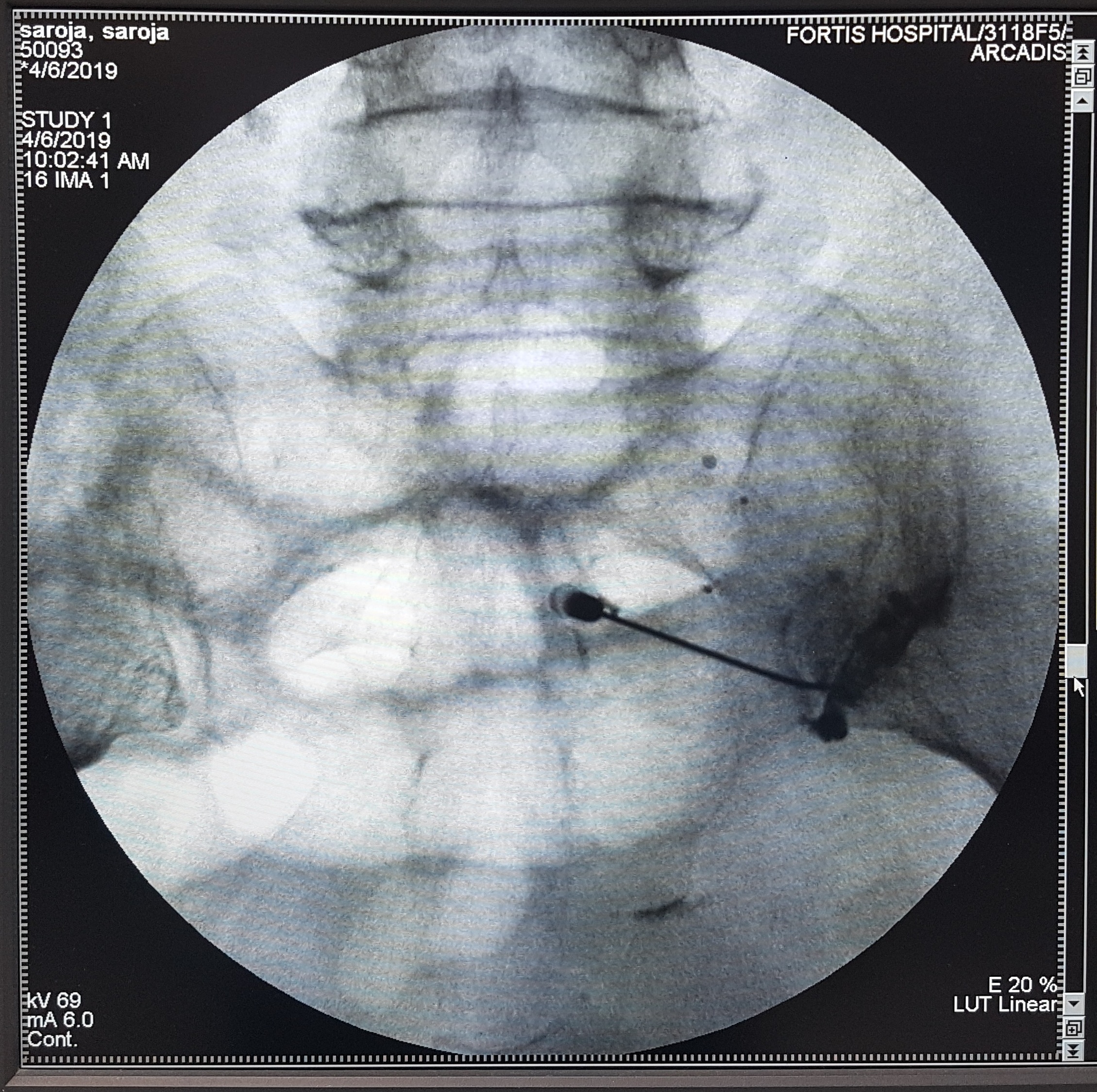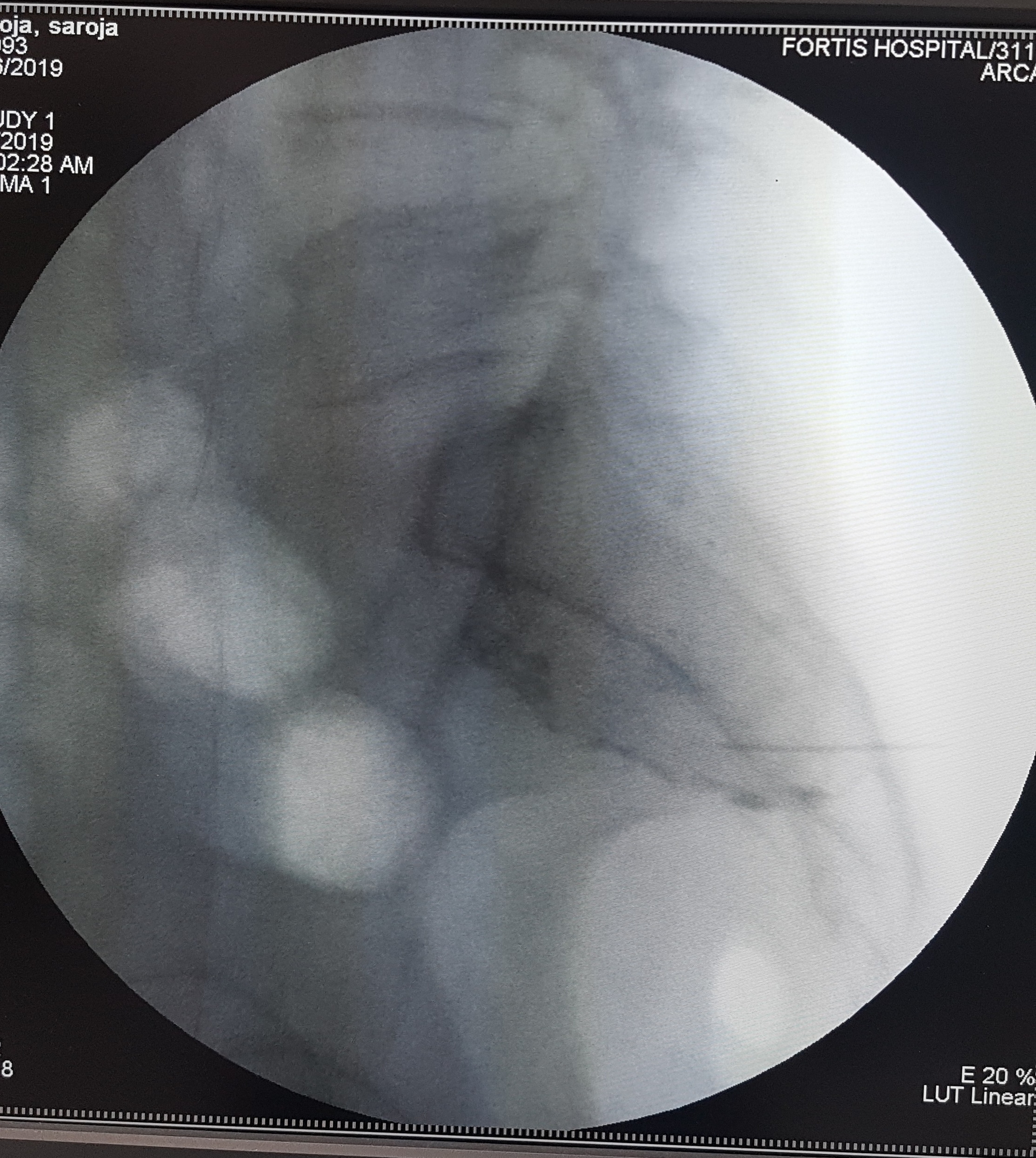SACROILIAC JOINT BLOCKS and RFA
Indications
Sacroiliitis
Degenerative sacroiliac joint disease
Sacroiliac joint Dysfunction

Procedure
The SI joint block is performed to relieve pain caused by arthritis in the sacroiliac joint, where the spine and hipbone meet.
In general, a sacroiliac joint block is performed to achieve one or both of the below goals:
Diagnostic: Diagnostic blocks are administered with the purpose of trying and establishing the exact structural abnormality, which is causing the symptoms. This is also known as finding the ‘pain generator’.
Therapeutic: In this type of an injection, corticosteroids are injected to reduce the inflammation at the source of the problem that is causing the symptoms.
The procedure for a sacroiliac joint block is aimed at placing the medication into the sacroiliac joint, either on left or on right.
In the SI joint block injection approach, a physician uses fluoroscopic guidance (live x-ray) and inserts a needle into the sacroiliac joint. He then inserts a needle into the sacroiliac joint with a mixture of lidocaine, which is a numbing agent and a steroid (an anti-inflammatory medicine).
An SI joint block injection can be repeated up to three times per year. However, for the treatment to be successful, the injection should be followed by physical therapy and/or chiropractic manipulations to provide mobilization and range of motion exercises.


Special Instructions
Side Effects And Complications
Side effects may occur due to steroids, including increased thirst and change in blood sugar levels, especially in diabetic patients.
Procedures
- EPIDURAL STEROID BLOCK ( TFESI, CAUDAL, INTERLAMINAR )
- CERVICAL EPIDURAL NEUROPLASTY
- INTRAARTICULAR FACET BLOCKS
- MEDIAL BRANCH RFA FOR FACETOGENIC PAIN
- THIRD OCCIPITAL NERVE BLOCKS AND RFA
- C0-C1 and C1-C2 BLOCKS
- OCCIPITAL NERVE BLOCKS AND RFA
- SACROILIAC JOINT BLOCKS and RFA
- GASSERIAN RFA FOR TRIGEMINAL NEURALGIA
- BALLOON COMPRESSION FOR TRIGEMINAL NEURALGIA
- INTRAARTICULAR SHOULDER PROCEDURES
- PROLOTHERAPY
- PRP THERAPY
- GENICULAR NERVE RFA FOR KNEE PAIN
- LUMBAR SYMPATHECTOMY FOR LOWER LIMB ISCHEMIA & CRPS
- T2-T3 GANGLION NEUROLYSIS FOR UPPER LIMB ISCHEMIA AND CRPS
- STELLATE GANGLION BLOCKS AND RFA
- TRIGGER POINT INJECTIONS
- INTRARTICULAR TMJ PROLOTHERAPY
- KNEE JOINT INJECTIONS INCLUDING VISCOSUPPLEMENTATION
- CELIAC PLEXUS BLOCKS AND NEUROLYSIS
- SUPERIOR HYPOGASTRIC PLEXUS BLOCKS AND NEUROLYSIS
- GANGLION IMPAR BLOCK AND RFA